TWO
IMPORTANT RULES IN CREATIVE WRITING (from Fundamentals of Creative Writing, by Cecilia Manguerra Brainard)
RULE
#1:
SHOW DON’T TELL – One of the things you’ll hear a lot in the literary
community is the dictum “Show, Don’t Tell.” Don’t tell me about how sad or
happy your life is, SHOW me. Don’t tell me what a terrible person so-and-so is,
show me how this person looks, how he/she walks, behaves; how others react to
this person, so I make that conclusion. Don’t say the woman is beautiful, show
me her hair, her eyes, her teeth, the curve of her ankle perhaps, whatever it
is that makes her beautiful.
In
creative writing, you are dealing with images, and you are using words to
create these images. It’s a good thing then to train yourself to think in
images – and to use words to allow your readers to see those images. Learn to
write in a sensual way, that is to let your readers see, hear, feel, smell,
taste. Bring your readers into the scene
you are creating. It is fascinating. You the writer “see” these images in your
head; you use words to describe these images; and somehow, like magic, your
readers can decode those images and also see them in his/her head! But
obviously the images that the writers want to get down on paper are significant
to the writer. It is this that will give the writing that “energy” that makes
the writing compelling. It makes the work “sparkle.”
RULE #2: BE SPECIFIC – This rule is connected with the first rule. It follows that being specific will help your readers “see” your images better. Learn to be concrete and specific. Name flowers, plants, colors, animals. For instance, instead of saying there were bright flowers near the house, how about saying, an ancient bougainvillea vine dripping with carmine-colored flowers stood by the side of the house.
RULE #2: BE SPECIFIC – This rule is connected with the first rule. It follows that being specific will help your readers “see” your images better. Learn to be concrete and specific. Name flowers, plants, colors, animals. For instance, instead of saying there were bright flowers near the house, how about saying, an ancient bougainvillea vine dripping with carmine-colored flowers stood by the side of the house.
ACTIVITIES:
1. Think
of an item that you keep that other people consider junk. Write about that item, making sure you follow
the above rules of Show Don’t Tell and Be Specific.
2. Pick
a picture of a scene that you like.
Imagine yourself in that scene. Now write as if you were actually in
that scene. Write not only about your
feelings but about specifics in that scene.
3. Take
these general statements, and rewrite them making them more specific:
-
She was lovely;
-
It was an ugly house;
-
He was a handsome man;
-
Her mother was very mean.
~~
Read also
The Importance of Keeping a Journal and My Pink Lock and Key Diary
The Importance of Sensual Writing
The Importance of Sensual Writing
Vintage pictures that help me write my novel - Paris, Barcelona, Ubec
How to Write a Novel #1
How to Write a Novel #2
How to Write a Novel #1
How to Write a Novel #2
tags: creative writing, writing, literature, journalism, novel, fiction, books
All for now,








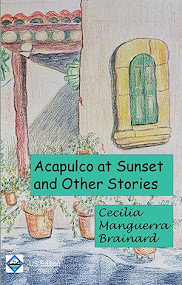



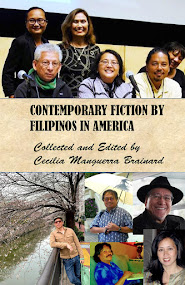
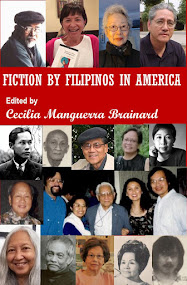



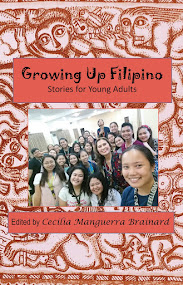
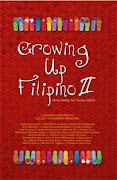


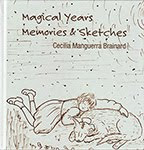


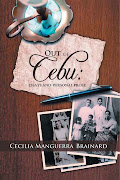





No comments:
Post a Comment